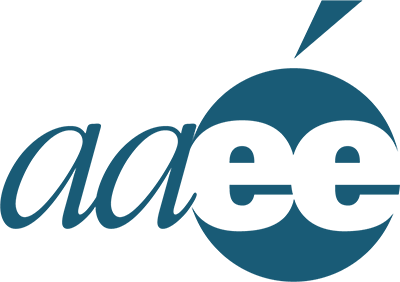What are the Consequences of the Teacher Education Shortage
For several years now we’ve been hearing a lot about the teaching shortage spreading across the United States. In some respects the problem is just what it sounds like: By and large, U.S. schools are having a hard time staying staffed with qualified teachers.
Underlying this issue, however, is a directly related problem that isn't discussed as often. The U.S. also has a shortage in teacher education, meaning the system that should be churning out high-quality educators is essentially operating at a sub-par level.
Clearly the main consequence of a teacher education shortage is, broadly, a lack of quality educators reaching the professional ranks. However, there are more specific consequences that deserve some consideration as well.
Hiring From Overseas
In just the last few years, talk of hiring teachers from overseas has begun to spread, representing a clear and frankly bizarre consequence of our teacher education issue. To be clear, this isn’t to suggest there’s anything wrong with overseas teachers. However, the need to hire from abroad speaks ill of the United States’ ability right now to produce and train its own teachers.
The bigger implication of this development is that we simply aren’t providing an adequate incentive for Americans pursuing professional careers. The teachers being hired from abroad are agreeing to come to the U.S. because in many cases they’re able to earn more and enjoy a higher quality of life than in their home countries. By contrast though, the same opportunity is looked down upon by would-be American teachers who expect more from a full-time career. The U.S. simply does not pay and support teachers at a level that Americans consider to be commensurate with the work.
Inequality Between States
Another, somewhat related consequence is that a teacher education shortage inevitably leads to inequality between states. Because the shortages aren’t exactly uniform from one state to the next, we ultimately see disproportionate quality of teaching — and ultimately unequal opportunities for children. It’s partly for this simple reason that AAEE's webinar entitled "Taking the Long View: How states can strengthen the teaching profession and build sustainable and diverse teacher workforce" discussed targeting solutions to teacher shortages to individual states according to need.
Industry-Specific Shortages
It’s important that we also recognize that a broad shortage in teacher education also amounts to industry-specific shortcomings. As an example, it’s been written about quite frequently in recent years that America has an inadequate number of nurses, partially as a result of lower nurse faculty numbers. This illustrates a clear consequence of teacher education shortages: vital industries in which there isn’t enough educating going on to sustain professional needs.
That said, some industry- or job-specific cases like this are beginning to show us some positive consequences as well — most notably in that educational opportunities are emerging online. This is happening in part to address shortages, and to allow accessible material and a limited number of online instructors to reach a far greater number of students. Regarding the nursing shortage specifically, this expansion in online education means that interested students can pursue careers in nursing online, even with limited numbers of instructors. And some of those careers even involve nurse education, which means this online cycle could help to produce more teachers in fields in need.
Lack of Disaster Preparedness
Disaster preparedness across an entire educational system is not something we necessarily would have thought about before 2020. And yet, the COVID-19 pandemic shed a light on just how devastating a large-scale interruption of education can be when there’s already a shortage in teaching professionals. As one article put it, COVID-19 combined with a shortage of teachers created a “perfect storm” for the system.
This means two things. The first is that a system that already had an inadequate number of teachers was less prepared to withstand interruption, and less equipped to adjust and educate in new ways. The second is that the effects of COVID-19 on the teaching workforce (leading many teachers to retire early) were even more devastating than they would have been had that workforce been larger. Had we been educating and producing more teachers, these consequences would be far less apparent.
A Self-Perpetuating Narrative
Perhaps the most damaging consequence of all is that this problem has actually made it less appealing for the next generation to pursue education in teaching. Per one university dean’s comments on teacher prep, “we have made it flat-out unattractive to be a teacher.” This unfortunate truth leads to fewer people pursuing careers in teaching, which in turn only deepens the narrative that these careers are inadequate, and so on.
None of this is meant to bring about a sense of despair about teaching in the U.S. Recognizing the problem is important, however, as it will ultimately help more people to consider and explore solutions. The hope is that with innovative teaching, new narratives, and assistance from modern technology, the U.S. can, in time, revamp its teacher instruction and produce the educators it needs.
Content intended only for the use of aaee.org
Prepared by Alicia Dawson






